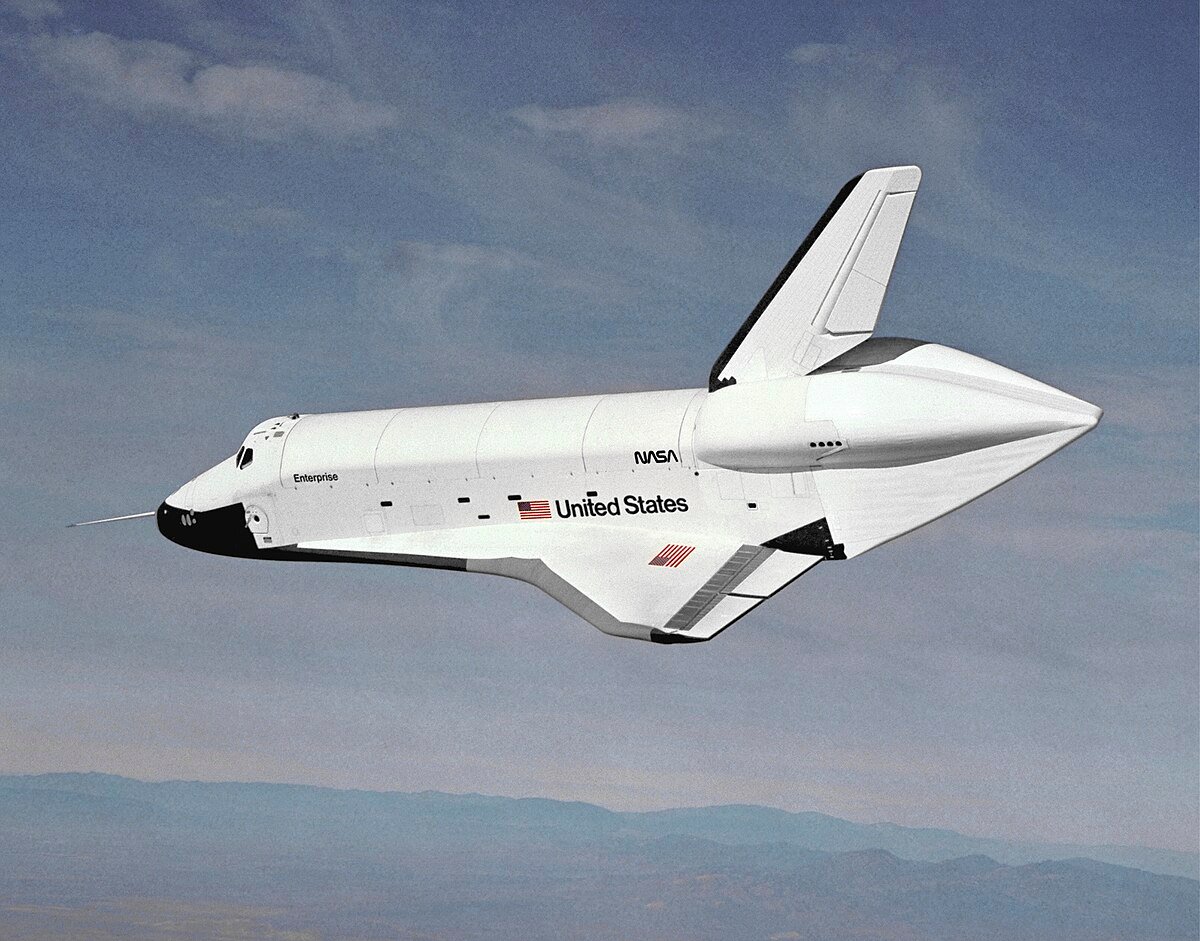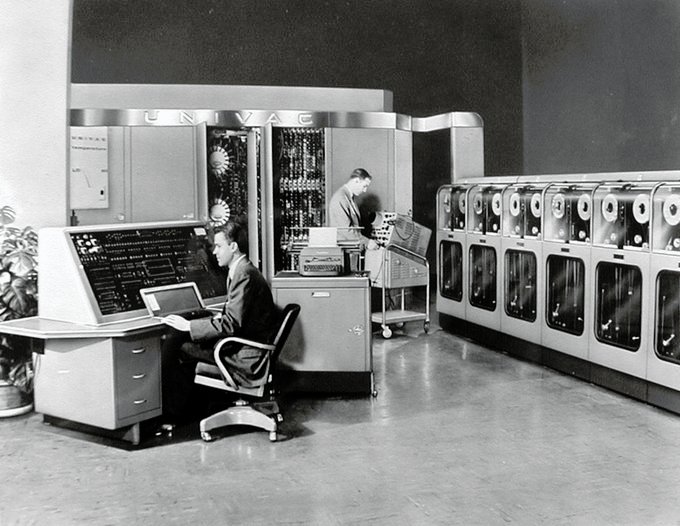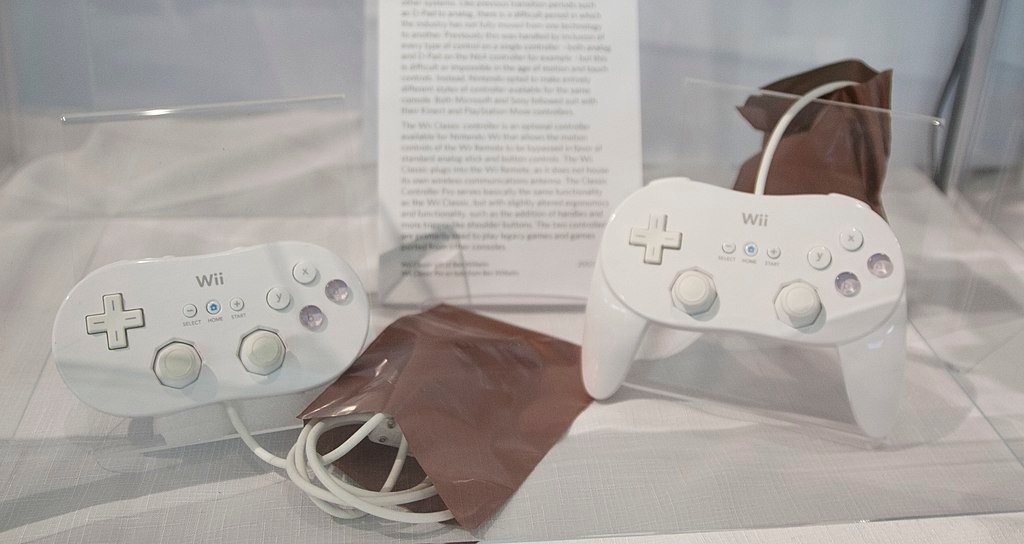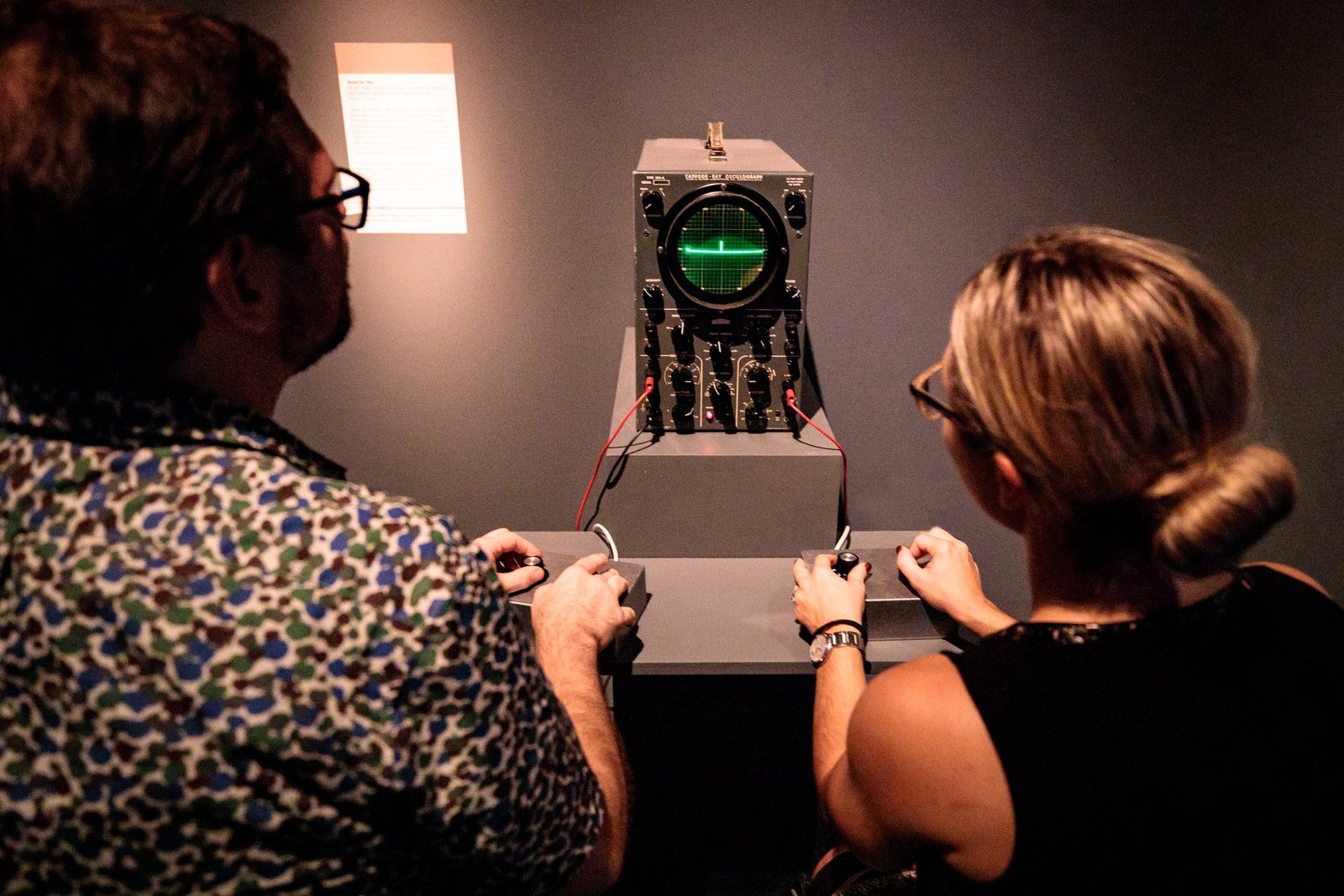In gaming history, few consoles have left as profound a mark as the Nintendo Wii. Launched in November 2006, the Wii was not merely a gaming console; it was a revolutionary paradigm shift that redefined how people interacted with video games. This introduction delves into the multifaceted legacy of the Nintendo Wii, exploring its technological innovations, its impact on gaming demographics, and the lasting influence it has exerted on the industry.
At its core, the Nintendo Wii was a pioneer in introducing motion-sensing controls to the gaming landscape. The iconic Wii Remote and Nunchuk transformed gameplay, allowing users to physically engage with their virtual environments by translating real-world motions into on-screen actions. This breakthrough technology not only provided a more immersive gaming experience but also opened the doors to a broader audience, extending beyond traditional gamers to include families, seniors, and individuals who might not have considered gaming before.
The console’s success wasn’t solely due to its technological advancements; it also marked a strategic move by Nintendo to embrace casual gaming. With titles like Wii Sports and Wii Fit, the Wii became a household entertainment hub, fostering social interactions and friendly competitions. The emphasis on local multiplayer further strengthened its appeal, turning gaming sessions into social events for friends and families.
As a result, the Wii became a sales phenomenon, outselling its competitors and penetrating markets that had previously been untapped by gaming consoles. However, success came with its set of challenges, including technical limitations and market saturation in later years.
Table of Contents
Despite its eventual decline, the Nintendo Wii’s impact persists. The legacy lives on in modern game design, with motion controls becoming a staple feature across various platforms. Join us on a journey to uncover the remarkable legacy of the Nintendo Wii. This console not only transformed the gaming industry but also brought joy and innovation to millions of households worldwide.
What was special about the Nintendo Wii?
The Nintendo Wii stood out for its groundbreaking approach to gaming through innovative motion controls. Released in 2006, the Wii introduced the Wii Remote and Nunchuk, allowing players to physically interact with games by translating real-world movements into in-game actions. This technology brought an unprecedented level of immersion, appealing to a broad audience beyond traditional gamers.
One of the Wii’s key strengths was its focus on inclusivity. Nintendo deliberately targeted a broader demographic, attracting families, seniors, and individuals who might not have considered themselves gamers. Games like Wii Sports, with its intuitive and accessible controls, became a cultural phenomenon, turning the console into a social and family-friendly entertainment hub.
Furthermore, the Wii’s affordable price and unique gaming experiences contributed to its immense commercial success, making it one of the best-selling consoles of its generation. The console’s impact extended beyond its library, influencing the industry by popularizing motion controls and inspiring developers to explore new ways of engaging players. In essence, the Nintendo Wii was special for transforming gaming into a more interactive and social experience, leaving an enduring legacy in the evolution of video game technology and culture.
How did the Wii become so popular?
The Nintendo Wii achieved unprecedented popularity through a combination of innovative features, strategic marketing, and a focus on broadening the gaming demographic. Its standout feature was the revolutionary motion-sensing controls, embodied in the Wii Remote and Nunchuk, allowing players to interact with games physically. This innovation not only differentiated the Wii from its competitors but also appealed to a broader audience.
Nintendo strategically targeted non-traditional gamers, promoting the Wii as an inclusive and accessible gaming platform. The marketing campaign emphasized the social aspect of gaming, showcasing families and friends enjoying games together. Wii Sports, bundled with the console, played a pivotal role in this strategy, offering intuitive controls and a variety of sports games that appealed to players of all ages.
The Wii’s affordability compared to its competitors, the Xbox 360 and PlayStation 3, further contributed to its success. Priced competitively, the Wii became an attractive option for consumers.
The console’s diverse game library, featuring both traditional Nintendo franchises and innovative third-party titles, offered a well-rounded gaming experience. The combination of motion controls, family-friendly marketing, affordability, and a diverse game library culminated in the Wii becoming a cultural phenomenon, attracting not only avid gamers but also individuals and families looking for a novel and entertaining experience, ultimately propelling the Wii to become one of the best-selling gaming consoles of all time.

What happened to Nintendo Wii?
The Nintendo Wii enjoyed immense success, but as technology advanced, its popularity gradually declined. The console faced challenges due to its technical limitations compared to its competitors, the Xbox 360 and PlayStation 3. While the innovative motion controls were a key selling point, the Wii’s hardware was not as powerful, affecting its ability to support high-definition graphics and advanced gaming experiences.
As the gaming industry shifted towards more graphically demanding and immersive games, the Wii struggled to keep up. The market became saturated, with many users transitioning to newer gaming platforms.
Nintendo released the Wii U in 2012 as the successor to the Wii, but it faced its own set of challenges, leading to limited success. The introduction of the Nintendo Switch in 2017 marked a significant shift in Nintendo’s strategy, combining both home and portable gaming in a single device. The Switch’s success revitalized Nintendo’s standing in the industry, but it also marked the official end of the Wii’s lifecycle.
While the Wii is no longer in production, its legacy endures through its impact on gaming culture, the influence of motion controls, and the nostalgia associated with its iconic games like Wii Sports, Mario Kart Wii, and The Legend of Zelda: Twilight Princess.
WiiRevolution: Unveiling the Enduring Legacy
The Nintendo Wii, released in November 2006, was a revolutionary gaming console that had a significant impact on the gaming industry. Its legacy is multifaceted, encompassing technological innovations, broadening the gaming demographic, and influencing game design. Here’s a detailed overview of the Nintendo Wii and its lasting impact:
Technological Innovations
Motion Controls
At the forefront of the Nintendo Wii’s innovation were its groundbreaking motion-sensing controllers, the Wii Remote (Wiimote) and Nunchuk. These peripherals transcended traditional gaming interfaces by empowering players to engage with their virtual surroundings physically, mirroring real-world actions. The Wii Remote, resembling a television remote, became a conduit for intuitive and responsive gameplay, while the Nunchuk added an extra layer of control, enhancing the overall gaming experience.
Complementing these controllers was the sensor bar, a pivotal component that meticulously tracked the movements of the Wii Remote and Nunchuk. This technology ushered in a new era of immersive gameplay, allowing players to interact with games in unprecedented ways. The fusion of motion-sensing controllers and the sensor bar not only redefined how players engaged with video games but also laid the foundation for a more physically interactive and enjoyable gaming experience on the Nintendo Wii.
Wii Channels and Virtual Console
The Nintendo Wii, a trailblazer in gaming history, introduced innovative features that enhanced user engagement. The concept of “Channels” was a standout, offering interactive features like the Forecast Channel, News Channel, and Photo Channel. This unique approach transformed the gaming console into a multifunctional entertainment hub, providing users with real-time updates and personalized experiences beyond gaming.
Additionally, the Wii’s Virtual Console was a game-changer, enabling users to download and play classic games from earlier Nintendo consoles. This digital storefront not only expanded the gaming library but also introduced a novel way to experience retro titles. Players could revisit timeless classics, fostering a sense of nostalgia and introducing iconic games to a new generation. The combination of Channels and the Virtual Console showcased Nintendo’s commitment to innovation, enriching the overall gaming experience on the Wii.

Expanding the Gaming Demographic:
Casual Gaming Appeal
Nintendo strategically broadened its gaming audience with the Wii, intentionally reaching beyond traditional gamers through a commitment to simplicity and accessibility. The console’s hallmark titles, such as Wii Sports, Wii Fit, and Mario Kart Wii, became cultural phenomena by captivating not just seasoned gamers but also families, seniors, and individuals unaccustomed to gaming. The emphasis on intuitive controls and social multiplayer experiences made the Wii an inviting platform, breaking down barriers that had traditionally hindered non-gamers from engaging with video games. Nintendo’s deliberate focus on inclusivity not only expanded the gaming demographic but also transformed the Wii into a shared entertainment experience, creating lasting memories for a diverse range of players.
Inclusive Multiplayer
The Nintendo Wii’s innovative design fostered a social gaming revolution through its unique control scheme, seamlessly supporting local multiplayer experiences. The console’s distinct motion-sensing controllers, the Wii Remote and Nunchuk, allowed friends and family to engage in interactive gameplay easily. Wii Sports, a standout title, became a cultural phenomenon, transforming gaming sessions into vibrant social gatherings.
Its intuitive controls, mimicking real-world actions, made it accessible to players of all ages, transcending traditional gaming demographics. The allure of friendly competition and collaborative play became intrinsic to the Wii experience, shaping the console’s identity as a catalyst for social bonding. Through the Wii, Nintendo not only introduced groundbreaking technology but also redefined the very essence of gaming by emphasizing shared enjoyment and communal entertainment.
Sales Success and Market Penetration
Global Sales
The Nintendo Wii emerged as a sales juggernaut, surpassing both the Xbox 360 and PlayStation 3 to become one of the best-selling gaming consoles of its generation. A combination of affordability and groundbreaking innovation fueled its unparalleled success. Priced competitively, the Wii appealed to a broad spectrum of consumers, making gaming more accessible to diverse demographics.
The console’s innovative motion-sensing controls, embodied by the iconic Wii Remote, revolutionized gameplay, offering an immersive experience that captivated both seasoned gamers and those new to the gaming scene. This strategic fusion of affordability and innovation not only propelled the Wii to the forefront of the gaming industry but also established it as a cultural phenomenon, leaving an indelible mark on the way people perceive and engage with video games.
Market Expansion
The triumph of the Nintendo Wii transcended traditional gaming boundaries, ushering in a new era of inclusivity. By appealing to a diverse audience beyond the conventional gaming demographic, the Wii became a catalyst for change. Its innovative motion controls and accessible gameplay attracted not only dedicated gamers but also families, seniors, and individuals previously untouched by the gaming realm.
This broader appeal not only marked a paradigm shift but also helped Nintendo penetrate markets traditionally less responsive to gaming. The Wii’s success was instrumental in establishing Nintendo as a dominant force in untapped territories, introducing gaming to demographics that had previously remained on the periphery of the industry. In doing so, the Wii not only redefined gaming experiences but also expanded the very notion of who could be a gamer.
Influence on Game Design and Industry Trends
Motion Controls in Game Design
The advent of the Nintendo Wii marked a watershed moment in gaming, revolutionizing player interaction through motion controls. Its popularity reshaped the industry landscape, compelling game developers to integrate analogous features into subsequent consoles and platforms. The Wii’s innovative approach transcended its own console, permeating the broader gaming ecosystem. Soon, a wave of games across various platforms embraced motion-based gameplay elements, attesting to the enduring impact of the Wii’s groundbreaking technology.
From handheld devices to high-end consoles, the influence of motion controls became a pervasive trend, enhancing the immersive quality of gaming experiences and inspiring a new era of interactive entertainment. The Nintendo Wii’s legacy echoes through the evolution of game design, ensuring that its impact on the industry remains a lasting and transformative force.
Legacy in Game Libraries
The Nintendo Wii’s extensive game library encompassed a spectrum from casual and family-friendly titles to classic Nintendo franchises. It marked a departure from conventional gaming by fostering inclusivity and accessibility. Titles like Wii Sports and Wii Fit became cultural phenomena, inviting diverse demographics into the gaming sphere. Notably, the enduring legacy of these popular Wii games extends beyond the console’s lifespan, leaving an indelible mark on modern game design.
The innovative use of motion controls and the emphasis on local multiplayer have influenced subsequent platforms, shaping the way games are created and experienced. Furthermore, the nostalgia associated with iconic Wii games continues to captivate gamers, fostering a renewed interest in the classics and contributing to a broader appreciation for the evolution of gaming experiences.

Challenges and Criticisms
Technical Limitations
The Nintendo Wii, while hailed for its innovative motion controls and broadened gaming demographic, faced inherent technical limitations. In comparison to its competitors, the Xbox 360 and PlayStation 3, the Wii’s hardware fell behind in raw processing power. This divergence posed challenges for third-party developers, as adapting their games to the Wii’s less robust specifications required creative solutions. The console’s graphical capabilities and memory constraints often led to compromises in visual fidelity and intricate game features. Despite these limitations, the Wii carved its niche by prioritizing accessibility and social gaming, showcasing that success in the gaming industry could stem from innovation and inclusivity rather than sheer technical prowess.
Market Saturation and Decline
The initial triumph of the Nintendo Wii marked a watershed moment in gaming history, capturing a vast audience with its innovative motion controls and family-friendly approach. However, the platform eventually encountered a saturation point as its novelty waned and technological advancements in the gaming industry surged forward.
The limitations of the Wii’s hardware became more apparent, hindering its ability to keep pace with the graphical and processing capabilities of its contemporaries, such as the Xbox 360 and PlayStation 3. As newer consoles emerged, the Wii faced a decline in popularity in the later years of its lifecycle. Despite its eventual tapering off, the Wii’s legacy endures, having reshaped the gaming landscape and left an indelible mark on the industry’s trajectory.
The Nintendo Wii left an indelible mark on the gaming industry by bringing innovation, accessibility, and inclusivity to the forefront. While its market dominance eventually waned, the legacy of the Wii can be seen in the continued integration of motion controls, the expansion of gaming demographics, and the lasting impact of its iconic games. The console’s influence is still felt today, as it contributed to shaping the evolving landscape of the video game industry.













